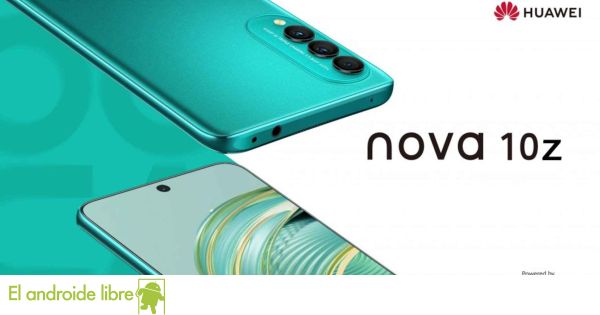The news that ARC Alchemist graphics cards will not work without Resizable BAR active on the motherboard is something that should be interpreted as the empty glass paradox. Intel’s interest is in selling both its processors and its graphics and motherboards in tandem. It is therefore a way of joining two elements, not by the support of said functionality, but by what it allows. However, the performance benefits are potentially greater.
Resizable what?
Traditionally, the PC is a system which, to organize the RAM memory of the various components, is of the NUMA type. Which translates to being in the same common memory pool. However, the arrival of heterogeneous chips combining a central processor and a graphics card in a single component has changed the game in this particular case. Thus, instead of having two separate physical memories, they now have one in common. How do you make sure one component doesn’t write to another’s memory space? Well, part of the RAM capacity is allocated to the CPU and the rest is missing from the GPU.
Well, one of the peculiarities of Resizable BAR is that it allows the processor to see all the memory space allocated to the graphics card, whether in separate memory or in the same memory. Which means that for convenience of the driver, which runs on the CPU, you can see the entire memory pool allocated to the integrated GPU in your Core processors and the one used as RAM in a single block. However, they have gone a step further with their gaming graphics cards.
Why does Intel ARC need ResizableBAR?
First and foremost, despite the negative tone of this information, it must be assumed that ReBAR has been available since PCI Express 3.0 and that many motherboards on the market already support it and can be activated from the options of the BIOS. The reason Intel decided you can’t use its ARC graphics cards without ResizableBAR isn’t for performance issues, but because one of its graphics spearheads is called Deep Link.
The usual idea is that if we have a dedicated graphics card, the one inside the processor will turn off, however, Intel’s idea is to take advantage of the Resizable BAR function so that the iGPU performs asynchronous tasks . That is, supportive, but independent of the framework creation. And what would that be for? Well, for things like:
- If you stream games on Twitch or YouTube, you can use the built-in graphics and its video codecs as video capture + encoder without the need for additional hardware.
- In calculations related to game physics and collision detection of certain objects, the two graphics can work together to speed it up and gain a few more frames effortlessly.
It’s a feature that’s more useful than you might think. And since AMD placed a lot of emphasis on ReBAR in the form of its Smart Access Memory, we have no doubt we could see the same requirement in the Ryzen 7000. NVIDIA’s decision? We don’t know because they don’t sell core microprocessors and it’s harder for them to coordinate the two parts.










